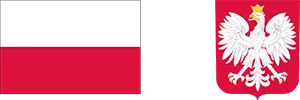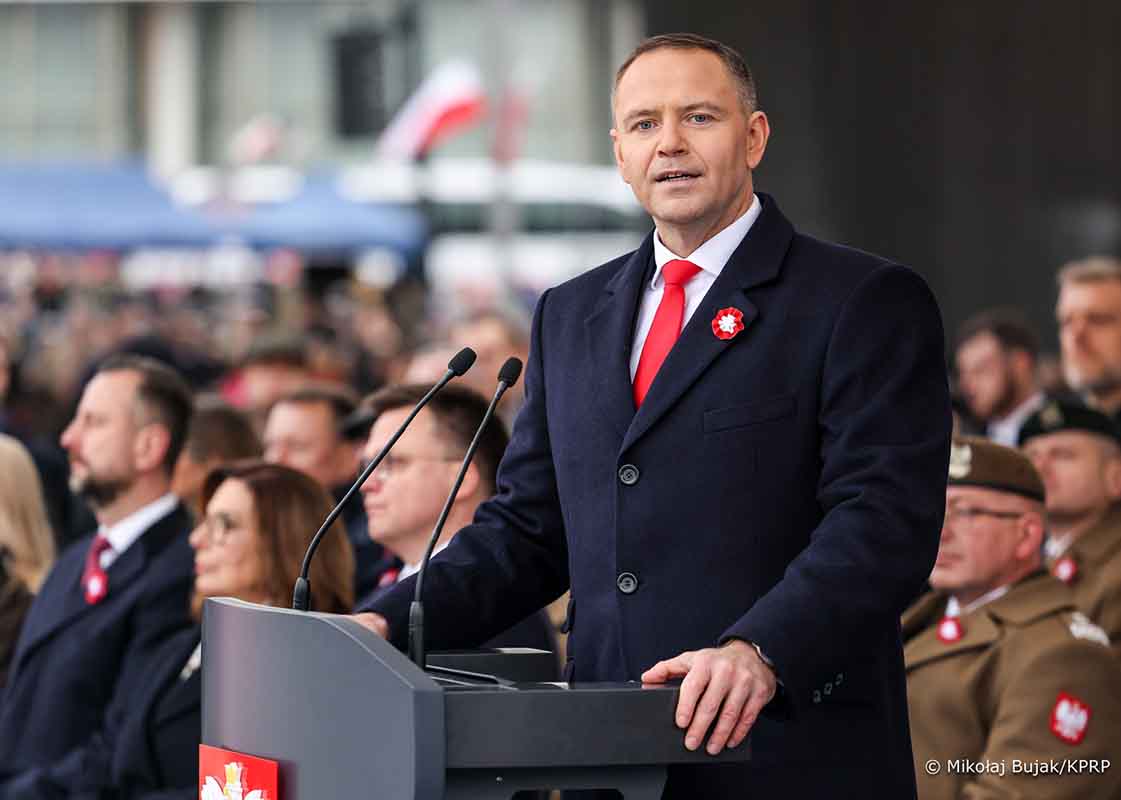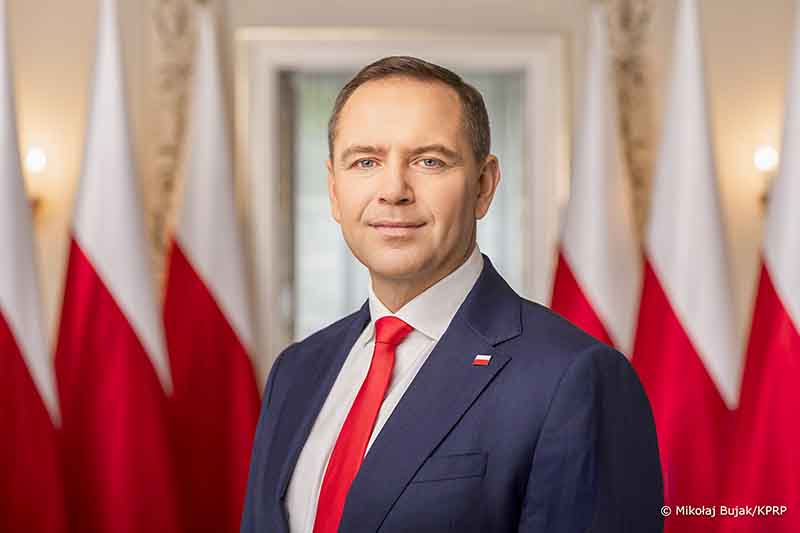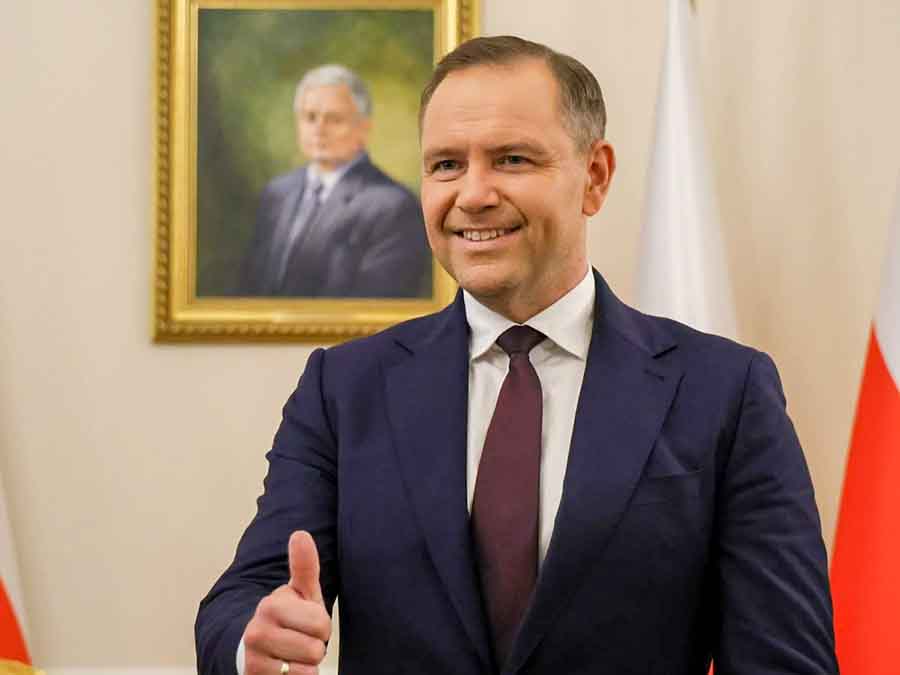And when, looking at your tired faces, at your hands calloused from hard work that has brought prosperity to many, even to enemies, when, looking at your modest robes, the rich and proud, the happy and envious, may ask you about your rights to the title, answer only that you are the offspring of the Piast, Brave, and Elbow-high families, that you are the heirs of the Zawisza and Varna families, that you are the sons of the Czarnecki and Sobieski families, that you are the children of Dąbrowski, Pułaski, and Kościuszko. Answer proudly: that you are Poles.
— Jan Ignacy Paderewski, April 30, 1915, Chicago
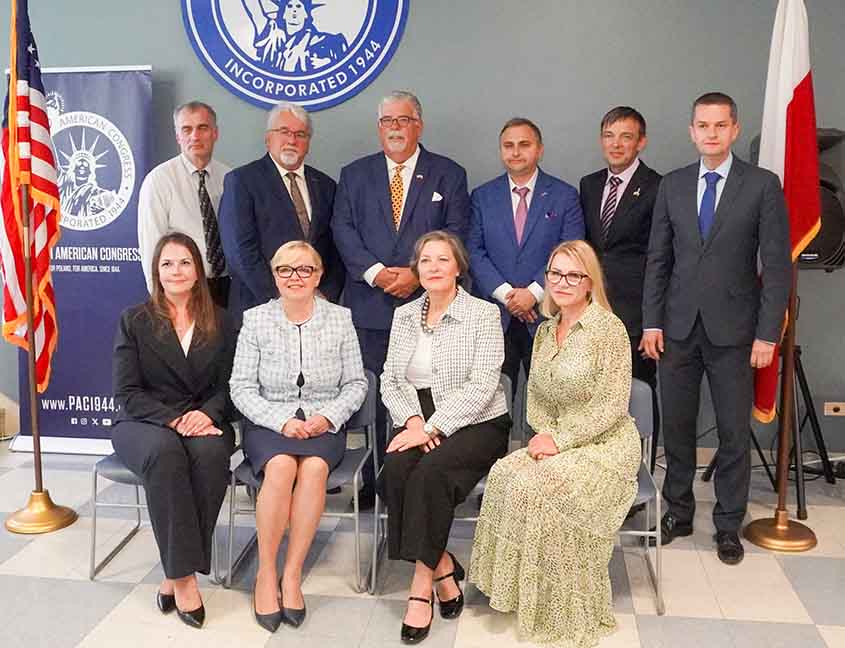
The newly elected board of the Polish American Congress. President Hubert Cioromski is in the second row, third from the left. (Source: KPA/PAC)
The proposal expressed herein is solely the opinion of the editorial staff of "Kuryer Polski" and is not officially endorsed or ratified by the Polish American Congress.
1. Introduction
The Polish American Congress (PAC), founded in 1944 as the oldest and largest organization representing the Polish diaspora in the United States, faces the historic challenge of modernization, redefining its role, and fostering generational renewal. Changing social, demographic, and political conditions require a new operational model from the PAC—one based on professionalism, digital communication, intergenerational integration, and effective representation of the Polish diaspora's interests to the U.S. and Polish authorities.
The aim of this strategy is to rebuild the position of the PAC as a reliable partner and leader of the global Polish diaspora community, capable of conducting modern citizen diplomacy and initiating projects with a real impact on social and political life.
2. Diagnosis of the situation
2.1. Strengths
- Long tradition and recognition among Polish organizations and institutions in Poland and the USA.
- Network of state branches and contacts in local communities.
- Symbolic authority and historical legitimacy (participation in important events of the 20th century).
2.2. Weaknesses
- Organizational fragmentation and a lack of a unified media message to the Polish American community as a whole.
- Insufficient presence in digital spaces and social media.
- Aging staff with limited engagement from the younger generation.
- Lack of professional analytical and communication resources.
- A specific organizational culture, based on persistence in positions without spectacular success in any significant areas.
- Repeating a once-established action plan over the years without considering the changing world.
2.3. Opportunities
- The growing importance of the diaspora in international politics and public diplomacy.
- Young Polish leaders are opening up to modern forms of engagement.
- Opportunities for collaboration with think tanks, universities, and institutions in Poland.
- The dynamic development of digital technologies facilitating communication and community mobilization.
2.4. Threats
- Political polarization in Poland and the US, affecting the unity of the Polish diaspora.
- Loss of credibility with US and Polish institutions.
- Competition from new non-governmental and media initiatives.
3. Vision and Mission
Vision
The Polish American Congress is a modern, pluralistic and influential organization that builds bridges between the Polish diaspora, American society and Poland, working for common interests and democratic values.
Mission
Representing the Polish American community by strengthening its voice in US public life, promoting Polish heritage, and developing cooperation with institutions in Poland in the spirit of partnership, professionalism, and transparency.
4. Strategic goals (2025–2030)
Goal 1. Modernization and professionalization of the KPA structures
- Reform of the statute and management procedures (abolition of the rule that positions can only be held after a two-year term on the board. To attract high-quality new people, this blocking provision must be abolished).
- Introduction of a unified digital communications system.
- Publication of transparent annual financial and program reports.
Goal 2. Modern communication and image
- Developing a coherent visual identity and media strategy.
- Creating the "Polonia Digital" portal – a hub for information, debates, and initiatives.
- Actively utilizing social media (Facebook, X, LinkedIn, YouTube).
Goal 3. Intergenerational Integration and Leadership Development
The condition for the implementation of this action is the non-partisan nature of the process — not the dominance of one side.
- Establishment of the Young Polonia Council at the Polish American Congress (KPA/PAC).
- "Leaders of Polish America" mentoring program for young activists and professionals.
- Cooperation with Polish and American universities on exchanges and internships.
Goal 4. Effective representation and lobbying
- Strengthening the PAC's presence in Washington through the Office of Analysis and Strategic Communications.
- Building relationships with congressmen, think tanks, and the media in the US.
- Organizing annual Polish-American Policy Forums.
- Presenting annual awards from the PAC President in several important areas.
Goal 5. Education, Culture and Identity
- Support for Saturday schools, youth organizations, and cultural projects.
- The "Heritage 2.0" program – digitization of Polish community archives and family histories.
- Partnerships with cultural institutions in Poland and the USA (Institute of National Remembrance, Emigration Museums, Polish Institutes, and others).
5. Key initiatives and projects
| Area | Initiative | Strategic effect |
|---|---|---|
| Digitalization | Polonia Digital Portal | Uniform source of information, contact with the young generation |
| Education and identity | Heritage 2.0 program | Protection of heritage and promotion of the history of the Polish diaspora |
| Young leadership | Leaders of Polish America | New staff, strengthening the prestige of the Polish Anti-Corruption Bureau |
| Lobbying | Office of Strategic Analysis and Communication (Washington Office) | Professional Representation to American Institutions |
| Image | “Polonia – Bridge of Freedom and Innovation” Campaign | Promotion of a positive image of the Polish diaspora and Poland |
| Business | Establishment of the Business Council in the USA | Professional representation of US-Poland business cooperation |
| Think tank | Establishment of the Paderewski Institute | The engine of the development of the Polish diaspora in the USA |
6. Implementation and evaluation system
- KPA Strategic Committee – responsible for implementing and overseeing the implementation of the strategy.
- Annual operational plan – specific goals, budget, and schedule of activities.
- Monitoring and reporting – annual report on strategy implementation, presented at the KPA congress.
- External evaluation (every two years) – review of the effectiveness of activities by independent experts.
7. Summary
By acting in the spirit of unity, professionalism, and cooperation, the Polish American Congress can regain its leadership position for the Polish community in the United States. The 2025–2030 Strategy outlines the direction for the PAC's transformation into a modern, open, and effective organization—capable of representing the interests of the Polish community in the world of global communication and citizen diplomacy.

Polish American Congress logo (Source: KPA/PAC)




